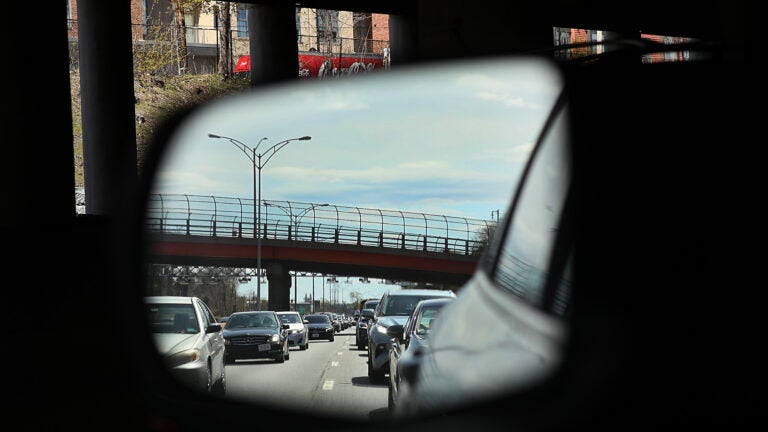Readers Say
“Don’t stop when entering or while in a rotary. Ever.”
Suzanne Kreiter/Globe Staff Suzanne Kreiter/Globe Staff
Massachusetts has long been famous for its historic streets — and how frustrating they are to navigate.
Legend has it that the city’s street patterns are so confusing because our forefathers built them by paving over cow paths, but there’s only some truth to that story.
Many of the streets between Washington and Tremont, leading to Boston Common, date back to the 17th century and really were cow paths back in the day, but we can’t blame the cows for the rest of the area’s confusing map.
Our capital city is the number one worst place to drive in all of New England, according to a WalletHub report from in January of this year. Nationally, Boston takes the cake for the fourth-worst traffic in the U.S., and eighth-worst in the world.
These statistics can, understandably, be intimidating for a first timer driver in the Bay State. So, we asked locals to give their advice on how to make driving in the state (hopefully) a little less stressful. Here’s what they had to share.
Consider not driving
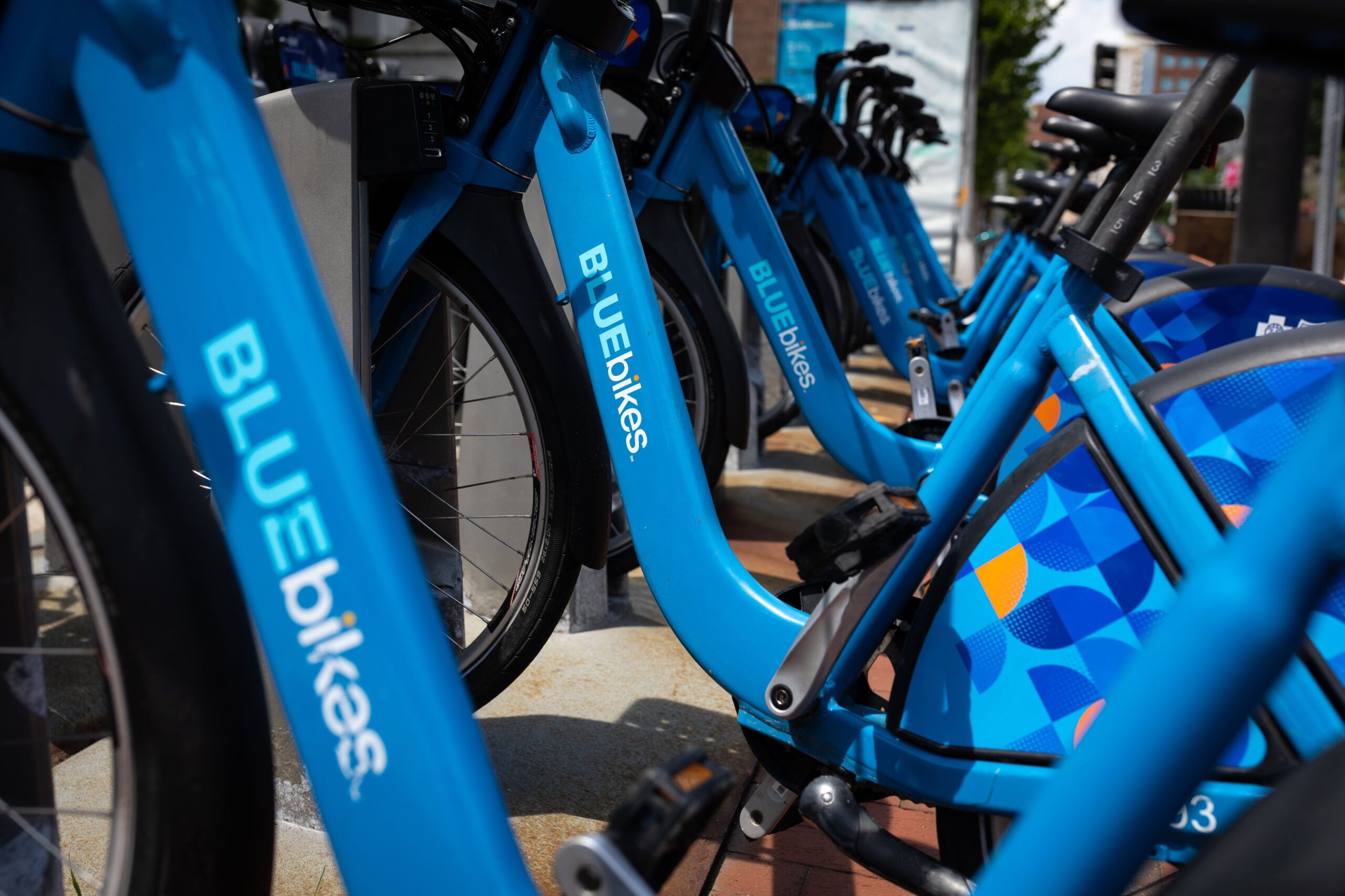
One of the biggest road problems in Massachusetts cities and towns is the volume of people on them. In Cambridge, they’ve tried to address that issue by encouraging other modes of transportation.
“Ever since the Vehicle Trip Reduction ordinance in the mid ‘90s, Cambridge has been working very hard to improve safety for everyone, particularly for the users we call vulnerable users, which are bicyclists and pedestrians, because obviously, they don’t have the protection that an automobile has,” said Jeff Parenti, assistant commissioner of street management and traffic director at the Cambridge Driving Department.
The Vehicle Trip Reduction ordinance of 1992 was created with the purposes of “promoting livability” through encouraging sustainable modes of traveling such as public transportation, walking, and biking, to lower greenhouse gas emissions produced from vehicles and improve air quality.
“The advantage of reducing the volume is that it reduces the number of times or the exposure to risk that vulnerable users have when traveling through the city,” said Parenti.
While newcomers may be accustomed to driving in their own vehicles, Parenti encourages those moving to Cambridge — and Boston in general — to not shy away from other modes of transportation.
“We want Cambridge to be a welcoming place for everyone, no matter how people get around,” said Parenti. “No matter where you come from, just be open to the number of ways of getting around.”
Cambridge has joined other cities across the United States working to make their streets safer for drivers, bikers, and pedestrians alike. In 2016, Cambridge City Council unanimously adopted the Vision Zero initiative, a global project that started in Sweden dedicated to eliminating all traffic fatalities and “increasing safe, healthy, equitable mobility for all.” And in November of 2022, the city went on passed an order making “no turn on red” a standard at all intersections.
“We’re trying to build a culture in Cambridge where every user is respected and has access to transportation infrastructure and do so safely,” said Parenti.
And if you are going to drive, Parenti said, “Put your phone away. Really.”
Rotaries 101

“Unlike many states, Massachusetts has rotaries and many drivers are unfamiliar with who has the right of way. In Massachusetts, vehicles entering the rotary are required to yield to those that are already in the rotary. In other states like Connecticut, it is the complete opposite. Not only is this confusing for out of state drivers, but many in state drivers seem to be oblivious or too selfish to care.”
— Jeff, Natick
“Don’t stop when entering or while in a rotary. Ever.”
— Greg, Norwell
“Rotaries are abundant in Massachusetts compared to other states. In my years living in Medford and working in Cambridge I thought I had seen everything.”
“My understanding is that the car in the rotary has the right of way. I was already in the Fresh Pond traffic circle on Route 16 and a car came barreling right through. When I hit my horn the driver of the 1960s Ford Falcon sedan could not even see over the dashboard or through the steering wheel. This lady who must have been 90 years old gave me THE FINGER. At first I was angry but didn’t lay on my horn anymore. I was in shock at what I had just seen. But then I started laughing. I have been laughing about Massachusetts and Boston drivers ever since.”
— Robert, Medford
What to know about the highways
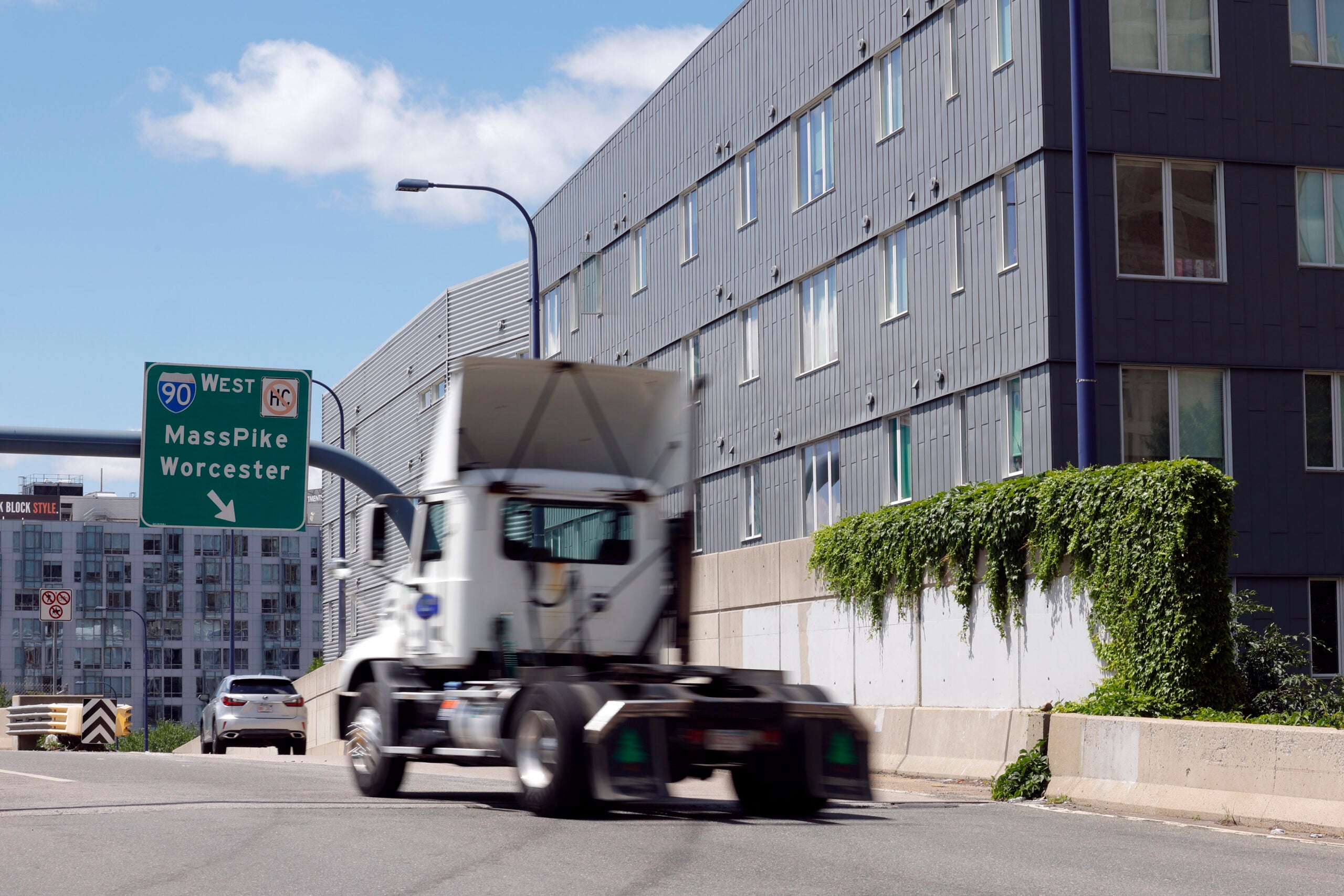
“On freeways, the left lanes are passing only. You can be cited for traveling in the left lane without actively passing another car. In 2000, when I read the state laws, there was a completely separate set of laws for the Mass Pike compared to all of the other freeways. I don’t know if this has since changed, But it explains why the Mass Pike always looks a little different compared to other freeways in the state.”
— Andrew R., Sandwich
“Number 1 rule: get out of the left lane if you are not passing anyone!! So many slower drivers hang out in the left lane, forcing others to pass them on the right. The ‘left lane hangouts’ are a danger to all!!! Get out of the way!”
— Ronnie, Arlington
Tips for turning
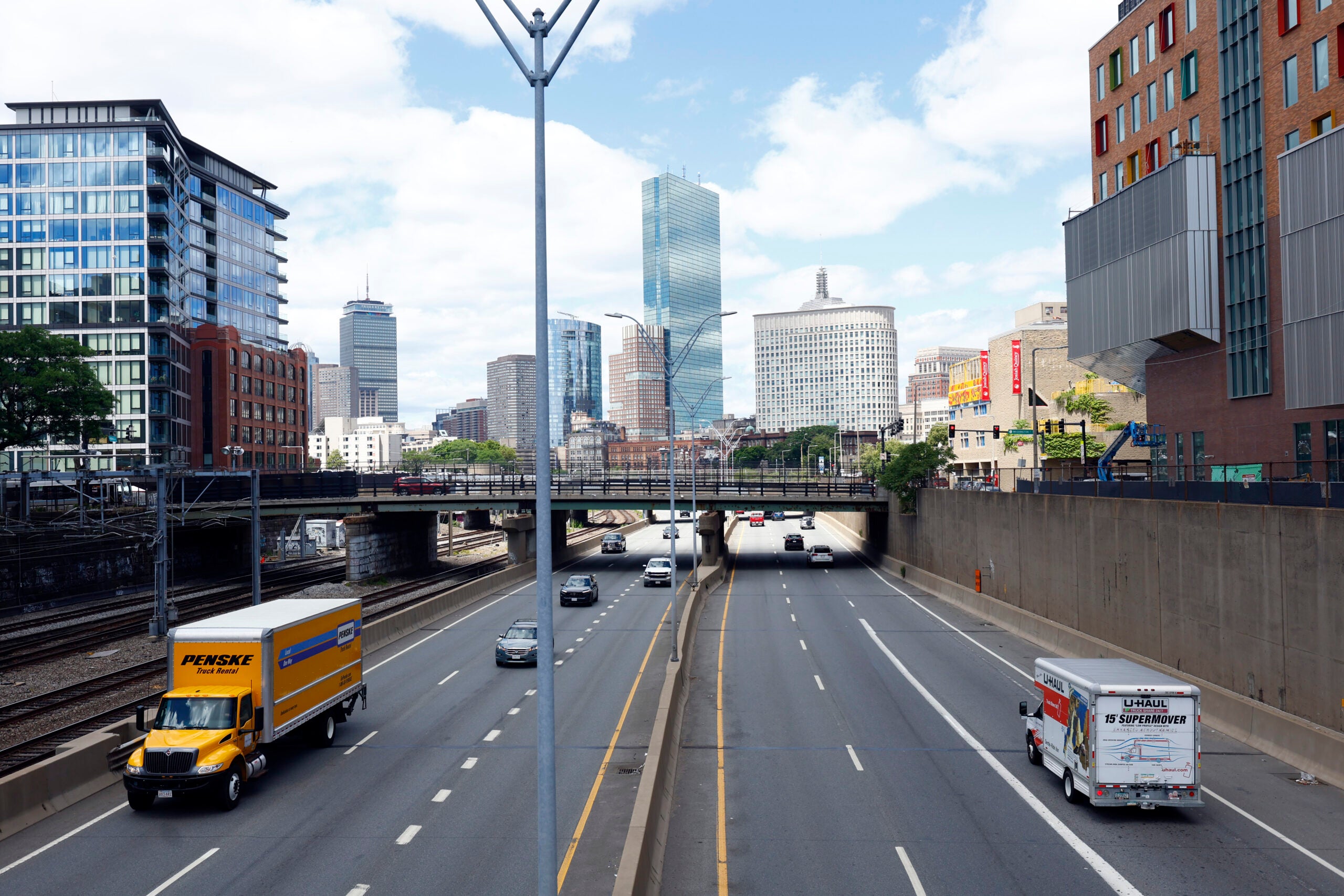
“When turning, people will not stop behind you and wait for you to turn. Instead, they will squeeze by and drive right on by you, sometimes at high speed and very close to your vehicle. This took a lot of getting used to when I moved here and has taken by surprise people who have visited us from other places.”
— E.T., Attleboro
“If the intersection has a left-turn-only lane, the intersection is No Right On Red (this is a big one as it has caused a number of accidents, including one I was in, when someone took a right on red when cars were turning left into where the cars were actively turning).
Know how your car handles in snow, and how to drive safely in it.
Whatever your time estimate is to drive anywhere, double it at first. Traffic always makes it take longer.
You can adjust to how long it really takes once you are used to the area.”
— Wayne, Tewksbury
Pay attention to signals
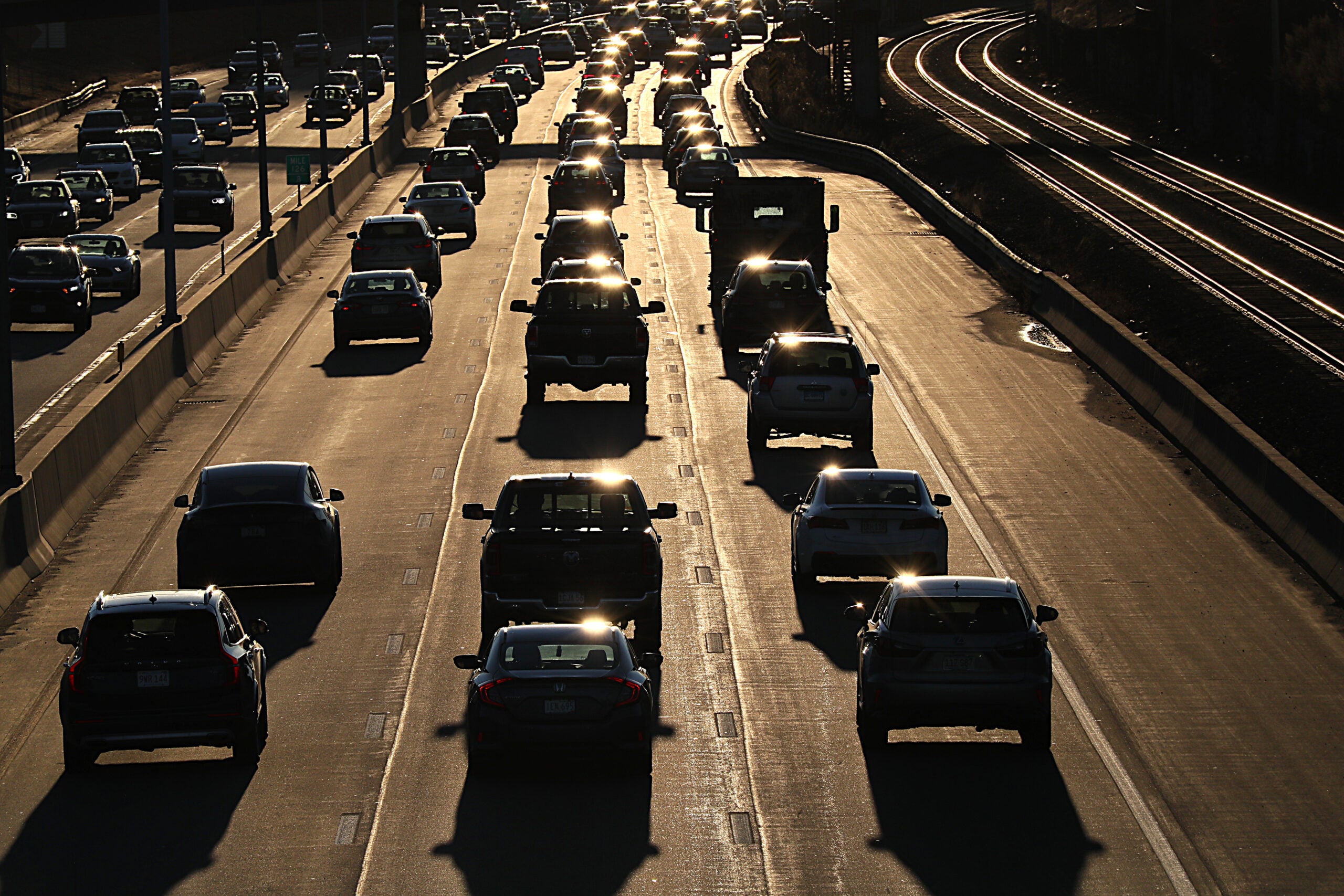
Understand the merge braiding (left-right alternating), ensuring you signal intent (but not too early), know where others are but don’t make eye contact (implies weakness and asking permission).
— Mike, Seacrest, NH
When another driver waves you on to cut in front of them, even when they have right-of-way over you, you MUST give a “thank you” gesture back. Bad form to not do so….which seems to be about 50% of people.
— Evan, North Falmouth
Boston.com Today
Sign up to receive the latest headlines in your inbox each morning.
